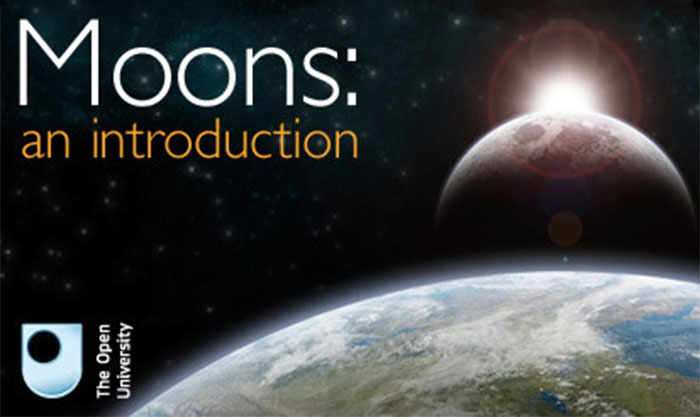 Two Google Lunar X-Prize teams are merging. Moon Express has announced an agreement with Huntsville-based Dynetics to acquire the Rocket City Space Pioneers team.
Two Google Lunar X-Prize teams are merging. Moon Express has announced an agreement with Huntsville-based Dynetics to acquire the Rocket City Space Pioneers team.
The agreement allows Moon Express to leverage the work of RCSP and its partners: Dynetics, Teledyne Brown Engineering, Andrews Aerospace, Draper Laboratory, The University of Alabama in Huntsville, Von Braun Center for Science & Innovation, Pratt & Whitney Rocketdyne, Moog, Huntsville Center for Technology, and Analytical Mechanics Associates.
The agreement also allows for the transition of RCSP team leader Tim Pickens to the role of chief propulsion engineer for Moon Express. Pickens was the lead propulsion designer for Burt Rutan’s SpaceShipOne, which won the $10 million Ansari X-Prize in 2004.
Both Moon Express and RCSP/Dynetics were selected for NASA lunar data-purchase contracts in the fall of 2010. The contracts are potentially worth up to $10 million each.
Moon Express was also selected by NASA for a Innovative Lunar Demonstration Data contract, worth up to $10 million, in 2010. The ILDD program pays companies for access and insight into commercial lunar plans.
Moon Express, based at the NASA Ames Research Park in Silicon Valley, is considered one of the leading contenders to win the $30-million Google Lunar X-Prize. Forbes magazine called Moon Express one of the 15 “Names You Need to Know” in 2011. Leadership is relative, however. None of the Lunar X-Prize teams have been burning up the track and skeptics are beginning to doubt that the Google Lunar X-Prize will be won before the prize money expires. So, this merger must be viewed as a positive sign. Perhaps, with their greater resources, the combined team will start to get some traction.


